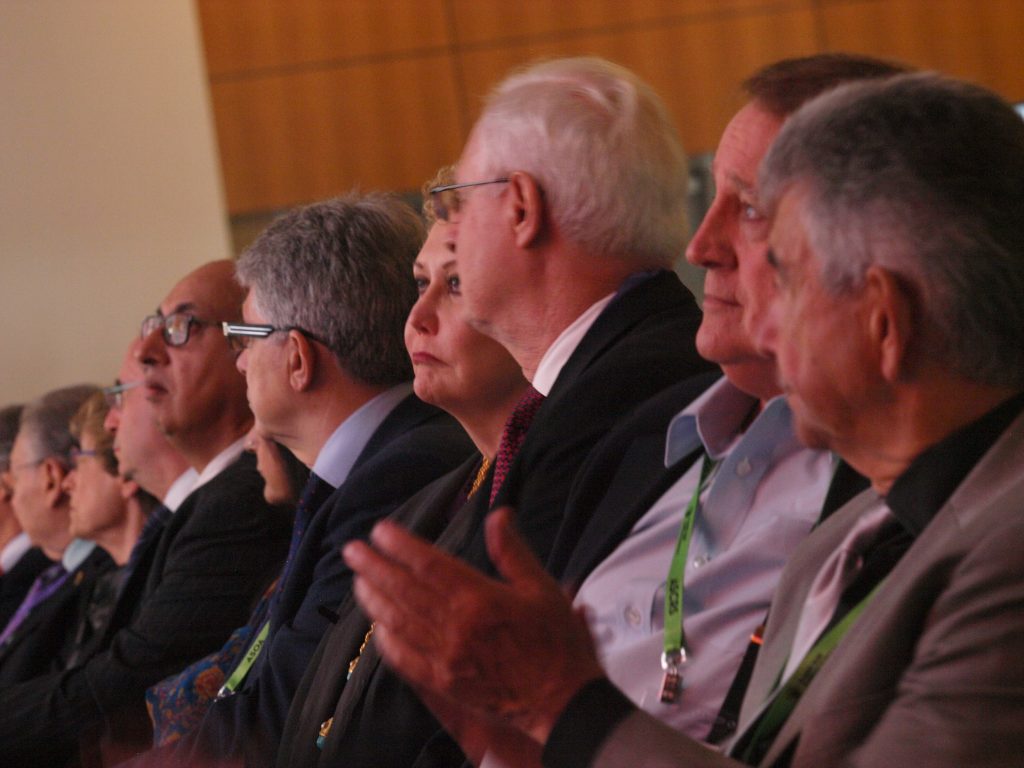Big Data eye research

Howard Larkin
Published: Sunday, May 5, 2019
 Developed nations have much to learn about eye care from the developing world, particularly in reducing costs, increasing efficiency and patient access – and leveraging huge patient data sets to improve outcomes, Alan L Robin MD told Glaucoma Day 2019 at the ASCRS Symposium in San Diego, USA.
Pressure to treat millions of patients with little or no income promotes innovation in India, where organizations including the Aravind Eye Care System have developed networks that dramatically reduce care costs. These include local eye care outposts run by specially trained technicians that offer routine eye exams and screening for the equivalent of $0.50 and cataract centres with surgical costs running just over $22 per case, said Dr Robin, of Wilmer Eye Institute at Johns Hopkins in Baltimore. This enables the organization to more than cover the cost of free and reduced fee care through charges to patients who can pay.
Using electronic data from more than 90,000 cataract procedures annually, Aravind is able to study outcomes in a comprehensive way, added Dr Robin, who has served as an investigator on several Aravind studies. Among the findings are sharp-edged PMMA lenses resist PCO much longer than acrylic lenses, and there is not difference in visual or complication outcomes between single- and three-piece IOLs in patients with pseudoexfoliation.
Aravind is on the cutting edge of artificial intelligence as well. An algorithm derived from millions of patient images predicts five-year risk for myocardial infarction and stroke based on retinal images. Further innovations are coming that will improve health care around the world, Dr Robin believes
Developed nations have much to learn about eye care from the developing world, particularly in reducing costs, increasing efficiency and patient access – and leveraging huge patient data sets to improve outcomes, Alan L Robin MD told Glaucoma Day 2019 at the ASCRS Symposium in San Diego, USA.
Pressure to treat millions of patients with little or no income promotes innovation in India, where organizations including the Aravind Eye Care System have developed networks that dramatically reduce care costs. These include local eye care outposts run by specially trained technicians that offer routine eye exams and screening for the equivalent of $0.50 and cataract centres with surgical costs running just over $22 per case, said Dr Robin, of Wilmer Eye Institute at Johns Hopkins in Baltimore. This enables the organization to more than cover the cost of free and reduced fee care through charges to patients who can pay.
Using electronic data from more than 90,000 cataract procedures annually, Aravind is able to study outcomes in a comprehensive way, added Dr Robin, who has served as an investigator on several Aravind studies. Among the findings are sharp-edged PMMA lenses resist PCO much longer than acrylic lenses, and there is not difference in visual or complication outcomes between single- and three-piece IOLs in patients with pseudoexfoliation.
Aravind is on the cutting edge of artificial intelligence as well. An algorithm derived from millions of patient images predicts five-year risk for myocardial infarction and stroke based on retinal images. Further innovations are coming that will improve health care around the world, Dr Robin believes